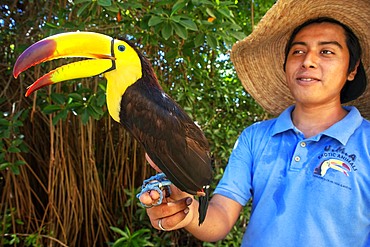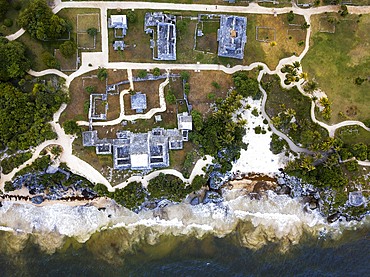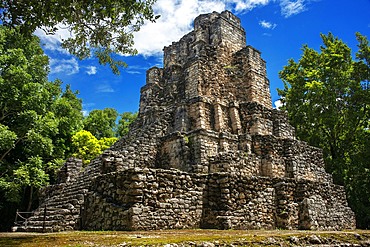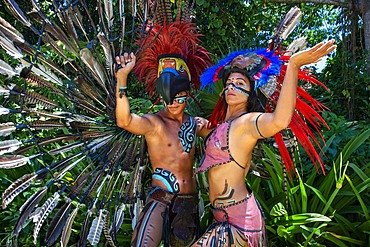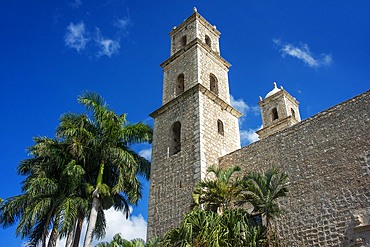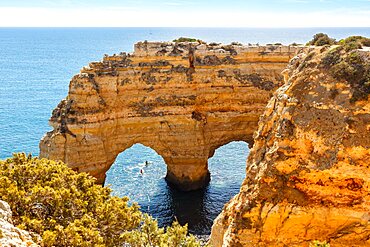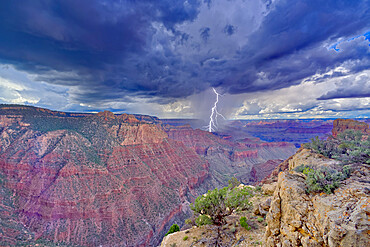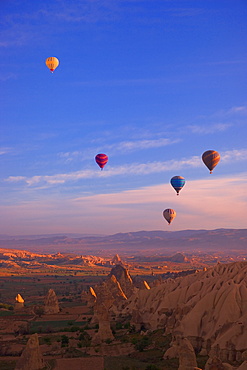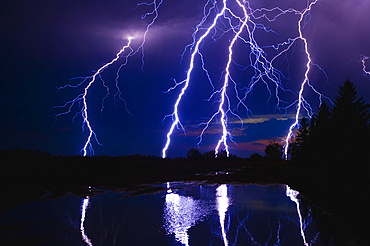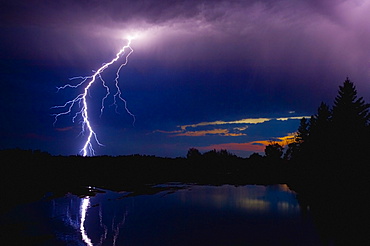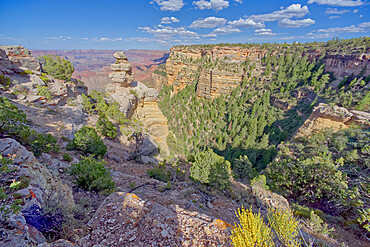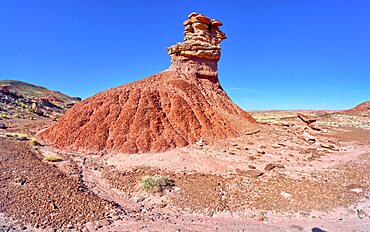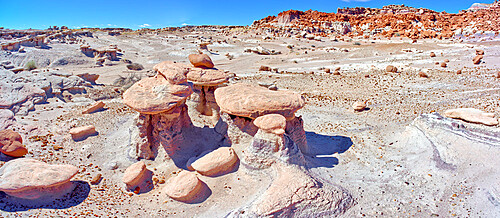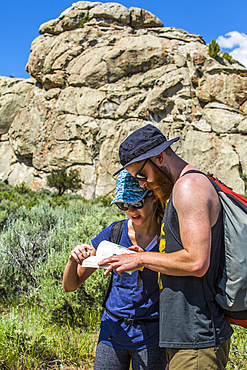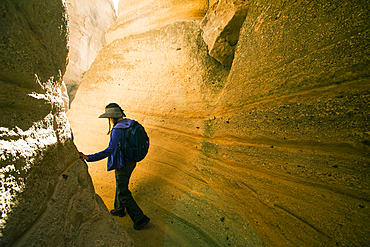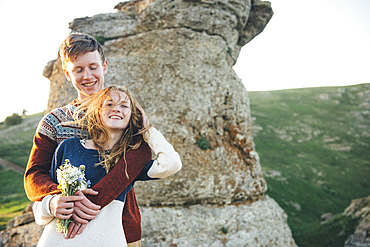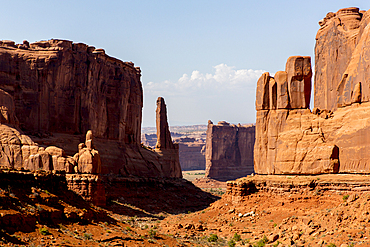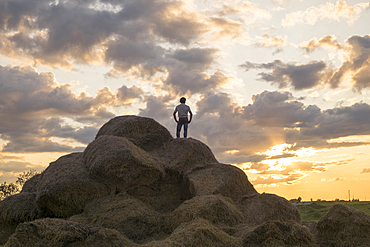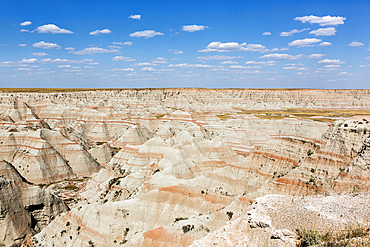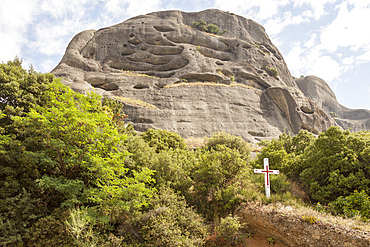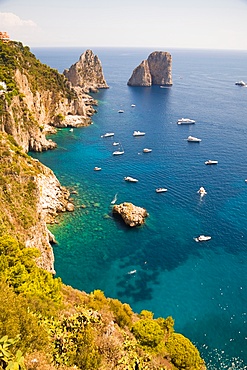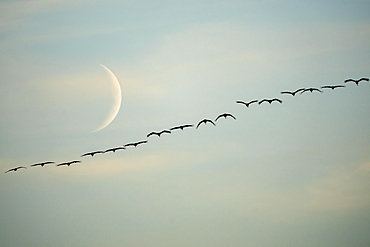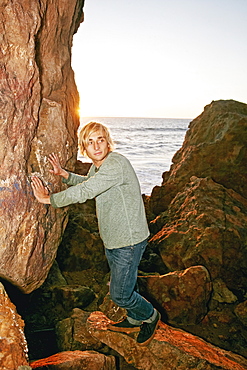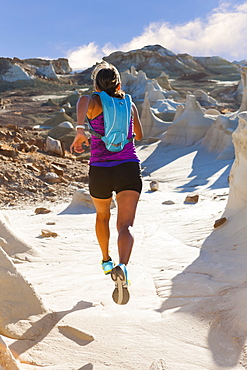Recent searches
Loading...
1350-6606 - A Mexican staff member holds a tucan at Grand Palladium White Sand Resort and Spa in Riviera Maya, Yucatan Peninsula, Quintana Roo, Caribbean Coast, Mexico
1350-6602 - Aerial view of Grand Palladium White Sand Resort and Spa in Riviera Maya, Yucatan Peninsula, Quintana Roo, Caribbean Coast, Mexico
1350-6597 - Aerial views of El Castillo and the Ruins of the Mayan temple grounds at Tulum, Quintana Roo, Yucatan, Mexico. Tulum is the site of a pre-Columbian Mayan walled city which served as a major port for Coba, in the Mexican state of Quintana Roo. The ruins are situated on 12 meter 39 ft tall cliffs along the east coast of the Yucatán Peninsula on the Caribbean Sea in the state of Quintana Roo, Mexico. Tulum was one of the last cities built and inhabited by the Maya; it was at its height between the 13th and 15th centuries and managed to survive about 70 years after the Spanish began occupying Mexico. Old World diseases brought by the Spanish settlers appear to have resulted in very high fatalities, disrupting the society, and eventually causing the city to be abandoned.
1350-6599 - Aerial views of El Castillo and the Ruins of the Mayan temple grounds at Tulum, Quintana Roo, Yucatan, Mexico. Tulum is the site of a pre-Columbian Mayan walled city which served as a major port for Coba, in the Mexican state of Quintana Roo. The ruins are situated on 12 meter 39 ft tall cliffs along the east coast of the Yucatán Peninsula on the Caribbean Sea in the state of Quintana Roo, Mexico. Tulum was one of the last cities built and inhabited by the Maya; it was at its height between the 13th and 15th centuries and managed to survive about 70 years after the Spanish began occupying Mexico. Old World diseases brought by the Spanish settlers appear to have resulted in very high fatalities, disrupting the society, and eventually causing the city to be abandoned.
1350-6596 - Estructura 8I-13 El Castillo at Chunyaxche Muyil Maya ruins, rainforest near Tulum, Yucatan Peninsula, Quintana Roo, Mexico
1350-6595 - Mexican aztec dress gods at Grand Palladium White Sand Resort and Spa in Riviera Maya, Yucatan Peninsula, Quintana Roo, Caribbean Coast, Mexico.
Aztec clothing was generally loose fitting and did not completely cover the body. When the Spanish arrived in Mexico, the people were surprised to see them in their full armour, with only their faces exposed.
Aztec clothes were generally made of cotton (which was imported) or ayate fiber, made from the Maguey Cactus (also called the Century Plant or American Aloe). Women would weave the fibers into clothing, a task girls were taught as young teenagers. Because of their vast trading network, the Aztecs were able to make use of a beautiful array of dyes, creating the brilliant
1350-6447 - The Milky Way over Balanced Rock in Arches National Park, Moab, Utah, USA. A small spotlight was used to light paint the rock formation.
1350-6654 - The Parque Hidalgo and statue of Manuel Cepeda Peraza and The San Ildefonso Cathedral in Mérida, the capital and largest city in the Yucatan State and Yucatán Peninsula, Mexico
1350-6653 - Horse drawn carriages on a city street in front of the plaza grande square, Merida, the capital city of the Yucatan, Mexico Latin America
1350-6652 - The Bishop's Palace or Peninsula Athenaeum and The San Ildefonso Cathedral in Mérida, the capital and largest city in the Yucatan State and Yucatán Peninsula, Mexico
1350-6650 - Merida Mexico - the Merida city sign in the Plaza Grande, Merida, the capital city of the Yucatan, Mexico Latin America
1350-6649 - Portal Maya sculpture Mayan Gateway situated in Parque Fundadores by sculptor Jose Arturo Tavares in Playa del Carmen, Riviera Maya, Quintana Roo, Mexico
1350-6648 - White Mexican church and street art at 5th Avenue, Playa del Carmen, Caribe, Quintana Roo state, Mayan Riviera, Yucatan Peninsula, Mexico
1350-6646 - Colorful Mexican ceramic skulls or calaveras and Frida Kahlo souvenirs in Playa del Carmen, Riviera Maya, Quintana Roo, Mexico
1350-6645 - El Castillo, The Pyramid of Kukulkán, is the Most Popular Building in the UNESCO Mayan Ruin of Chichen Itza Archaeological Site Yucatan Peninsula, Quintana Roo, Caribbean Coast, Mexico
1350-6644 - The Church and Nunnery at Chichen Itza Archaeological Site in Yucatan Peninsula, Quintana Roo, Caribbean Coast, Mexico
1350-6643 - Stony stairs of tomb of the High Priest pyramid at Chichen Itza Archaeological Site in Yucatan Peninsula, Quintana Roo, Caribbean Coast, Mexico
1350-6642 - The Great Ball Court in the Mayan Ruins of Chichen Itza Archaeological Site Yucatan Peninsula, Quintana Roo, Caribbean Coast, Mexico
1350-6640 - Serpent head sculpture in Mayan Ruin of Chichen Itza Archaeological Site in Yucatan Peninsula, Quintana Roo, Caribbean Coast, Mexico
1350-6639 - El Castillo, The Pyramid of Kukulkán, is the Most Popular Building in the UNESCO Mayan Ruin of Chichen Itza Archaeological Site Yucatan Peninsula, Quintana Roo, Caribbean Coast, Mexico
1350-6637 - El Castillo, The Pyramid of Kukulkán, is the Most Popular Building in the UNESCO Mayan Ruin of Chichen Itza Archaeological Site Yucatan Peninsula, Quintana Roo, Caribbean Coast, Mexico. Asian tour leder dressed in a maya style.
1350-6638 - El Castillo, The Pyramid of Kukulkán, is the Most Popular Building in the UNESCO Mayan Ruin of Chichen Itza Archaeological Site Yucatan Peninsula, Quintana Roo, Caribbean Coast, Mexico
1359-90 - Olmsted Point with distant view of Half Dome rock formation, Yosemite National Park, California, USA
1359-83 - Whiskey Flat rock formation on sunny day, Capitol Reef National Park, Utah, Western United States, USA
1359-70 - Popular rock formation (hoodoo) named Thor's Hammer taken from Navajo Loop Trail, Bryce Canyon National Park, Utah, USA
1359-65 - Manly Beacon rock formation at Zabriskie Point at dawn, Death Valley National Park, California, USA
1359-59 - Olmsted Point with distant view of Half Dome rock formation, Yosemite National Park, California, USA
1359-54 - Half Dome granite rock formation, Yosemite National Park, Sierra Nevada, Central California, California, USA
1359-53 - Half Dome granite rock formation, Yosemite National Park, Sierra Nevada, Central California, California, USA
1359-51 - El Capitan granite rock formation, Yosemite National Park, California, USA
1359-52 - El Capitan granite rock formation, Yosemite National Park, California, USA
832-398168 - Algarve beach Praia da Marinha by the sea Rock formation in the shape of a heart Ocean in Praia da Marinha, Portugal, Europe
1311-495 - A storm rolling across Grand Canyon near the Sinking Ship formation, viewed from Coronado Ridge, Grand Canyon National Park, UNESCO World Heritage Site, Arizona, United States of America, North America
1116-52502 - Hot Air Balloons, Goreme Valley, Cappadocia, Anatolia, Turkey
1311-486 - View of the formation called Duck On A Rock in the afternoon, Grand Canyon National Park, UNESCO World Heritage Site, Arizona, United States of America, North America
1311-485 - View of the formation called Duck On A Rock in the afternoon, Grand Canyon National Park, UNESCO World Heritage Site, Arizona, United States of America, North America
1311-465 - Formation west of Pintado Point in Petrified Forest National Park Arizona called Pintado's Castle.
1311-466 - Formation west of Pintado Point in Petrified Forest National Park Arizona called Pintado's Castle.
1311-462 - Formation below Chinde Point in Petrifed Forest National Park Arizona called Chinde Rock.
1311-463 - Formation below Chinde Point in Petrifed Forest National Park Arizona called Chinde Rock.
832-396342 - Carved wooden figure at the Devil's Wall rock formation near Weddersleben, Harz Mountains, Saxony-Anhalt, Germany, Europe
1311-449 - Three hoodoos in a triangular formation in Devil's Playground called the Unholy Trinity, Petrified Forest National Park, Arizona, United States of America, North America
1311-448 - Three hoodoos in a triangular formation in Devil's Playground called the Unholy Trinity, Petrified Forest National Park, Arizona, United States of America, North America
1311-450 - Three hoodoos in a triangular formation in Devil's Playground called the Unholy Trinity, Petrified Forest National Park, Arizona, United States of America, North America
746-91032 - Iconic rock formation Serrania de Hornocal in the canyon Quebrada de Humahuaca. The Quebrada is listed as UNESCO world heritage site. South America, Argentina, November
1306-987 - View of the The Roaches rock formation and Tittesworth reservoir in late summer, Staffordshire, England, United Kingdom, Europe
832-395807 - Japanese garden with gravel bed and stone formation, Berlin, Germany, Europe
832-395806 - Japanese garden with gravel bed and stone formation, Berlin, Germany, Europe
1350-5530 - Coastal landscape. La Ballena. Sonabia (Castro Urdiales) Cantabria, Spain, Europe.
1350-5532 - Galizano bech aerial view. Ribamontan al Mar. Cantabria, Spain, Europe.
1350-5531 - Coastal landscape. Sonabia (Castro Urdiales) Cantabria, Spain, Europe.
1179-5613 - Storm clouds over The Eye rock formation washed by waves, Uttakleiv, Leknes, Vestvagoy, Nordland, Lofoten Islands, Norway, Scandinavia, Europe
1179-5614 - The Eye rock formation tourist attraction in the wild landscape of Uttakleiv, Leknes, Vestvagoy, Lofoten Islands, Norway, Scandinavia, Europe
1178-41327 - Caucasian couple reading guidebook near mountain
1178-42004 - Japanese woman hiking between canyon walls
1178-42419 - Scenic view of ocean near rock formation
1178-40488 - Caucasian couple hugging near rock with bouquet of flowers
1311-414 - Formation in Glen Canyon Recreation Area called Cove of the Winds, located within the New Wave near the Beehive Campground, Arizona, United States of America, North America
1178-40273 - Rock formations in desert landscape, Arches National Park, Utah, United States
1178-40269 - Caucasian woman standing on rock holding surfboard
1178-39516 - Smiling women carrying backpacks near rock formation
1311-413 - Wavy sandstone formation called Beehive Rock in Glen Canyon Recreation Area, The New Wave near Beehive campground, Arizona, United States of America, North America
1178-39534 - Multiple exposure of Caucasian woman swimming in pattern
1311-412 - Wavy sandstone formation called Beehive Rock in Glen Canyon Recreation Area, The New Wave near Beehive campground, Arizona, United States of America, North America
1178-40935 - Caucasian man standing on rock pile at sunset
1178-40279 - Layered rock formations under blue sky, Badlands National Park, South Dakota, United States
1350-4723 - View of Isle of Capri coastline and Marina Grande, from Villa San Michele, Capri, Italy
1350-4942 - Rock formation at Meteora, Thessaly, Greece
1350-4695 - Faraglioni rocks and coastline, Capri, Italy
832-394795 - Common crane (Grus grus) flying at rising moon, wildlife, National Park Vorpommersche Boddenlandschaft, Mecklenburg-Vorpommern, Germany, Europe
832-394793 - Common crane (Grus grus) flying in the sunset, wildlife, National Park Vorpommersche Boddenlandschaft, Mecklenburg-Vorpommern, Germany, Europe
1178-38110 - Portrait of serious Black woman posing on rock formation
1178-38114 - Portrait of serious women posing on rock formation
1178-38258 - Native American woman running and jumping in desert
1178-38262 - Native American woman running in desert
1178-38115 - Portrait of smiling women posing on rock formation
1178-38260 - Native American woman resting in desert
1178-38116 - Black woman standing on rock formation
1178-38113 - Portrait of serious women posing on rock formation
1178-38259 - Native American woman running in desert
1178-38261 - Native American woman running in desert
1184-6368 - Beautiful rock formation, Madain Saleh (Hegra) (Al Hijr), UNESCO World Heritage Site, Al Ula, Kingdom of Saudi Arabia, Middle East
846-3100 - Panoramic view of Bowerman's Nose granite rock formation, near Manaton, Dartmoor National Park, Devon, England, United Kingdom, Europe
846-3101 - Hound Tor granite rock formation in evening sunlight, near Manaton, Dartmoor National Park, Devon, England, United Kingdom, Europe
1179-5415 - Aerial view of rock formation Ilheus da Rib and Ribeira da Janela in the rough ocean, Porto Moniz, Madeira island, Portugal, Atlantic, Europe
1116-50821 - Rock formations in the Siloli Desert and Andes Mountains; Potosi Department, Bolivia
1116-51338 - Amazing clouds over the landscape of the American mid-west as supercell thunderstorms develop; Nebraska, United States of America
1116-51093 - Waikiki Beach in vibrant colours at sunset with a dramatic glowing cloud formation overhead; Honolulu, Oahu, Hawaii, United States of America
1116-51313 - A rugged rock formation in Southern Iceland; Skaftarhreppur, Southern Region, Iceland
1116-50987 - White Godrevy Lighthouse on rock formation in blue water with blue sky and rocky shoreline, Godrevy Island in St. Ives Bay; Cornwall County, England
1116-51320 - Tall rock formation and grassy slopes along the shoreline of a fjord; Iceland
